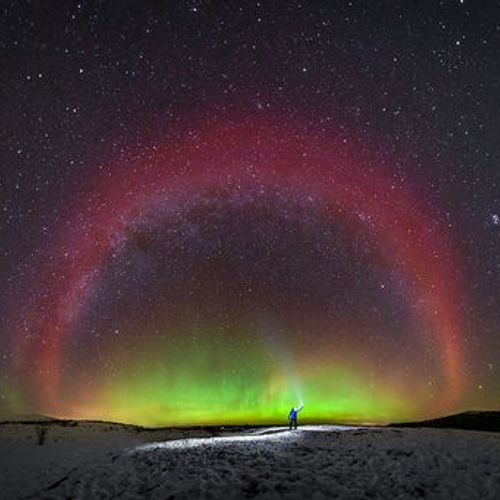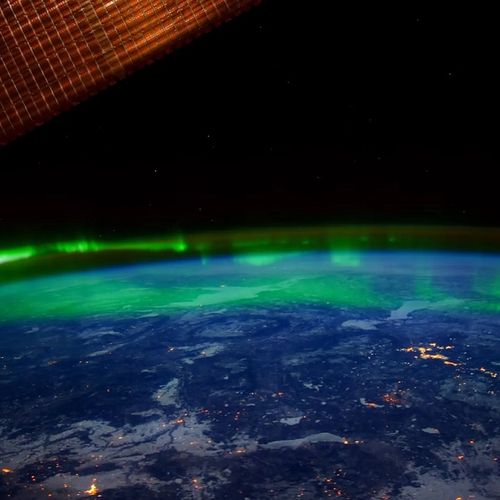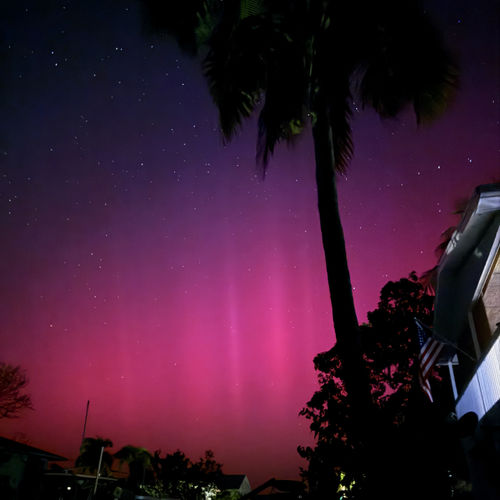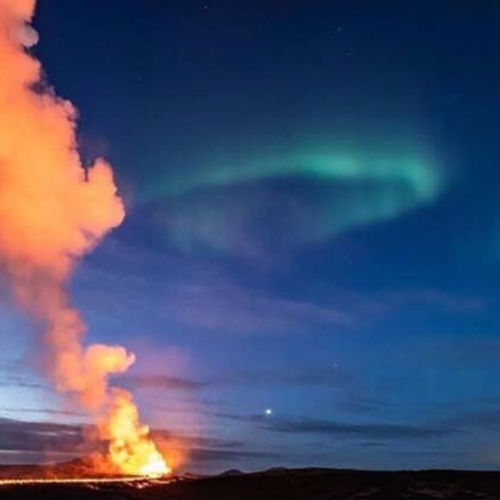
| Added | Wed, 04/11/2020 |
| Источники | |
| Дата публикации | Wed, 04/11/2020
|
| Версии |
You know about the Aurora Borealis-green and purple flashes that seem to dance in the sky during geomagnetic storms. But do you know about the stable auroral red arcs (Stable Auroral Red arcs, or SAR)?
They were discovered in 1956, at the beginning of the era of space exploration, and have since been captured hundreds of times by satellite cameras. Most Northern lights watchers have never seen them, as they are usually invisible to the human eye. However, a recent Swedish photographer göran strand was able to capture one. He called the arc "the pearl of the night".
However, he noted that the arc was relatively dim to the naked eye, but the camera easily identified the red color.
Auroral red arcs are associated with auroras, but they are not the same thing. Auroras occur when streams of high-energy particles hit the atmosphere at an altitude of 100-200 km, causing it to glow. Arcs are a sign of leakage of thermal energy into the upper atmosphere (at an altitude of about 400 km) from the ring system of Earth's currents. As a rule, SARS become visible to the naked eye only during strong geomagnetic storms.
Новости со схожими версиями
Log in or register to post comments









